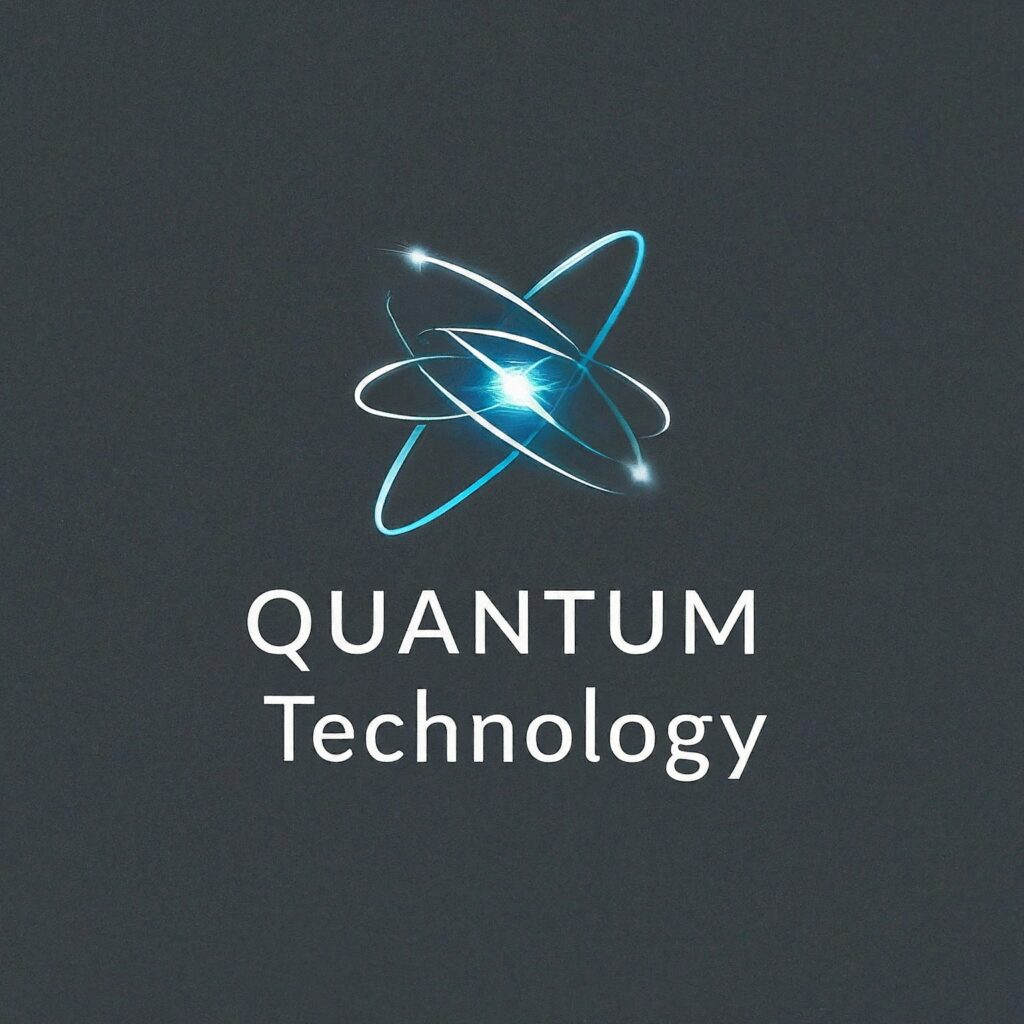In a significant breakthrough for global energy markets, a team of researchers from Guangdong Power Exchange Center Company Ltd., China, has developed a cutting-edge hybrid model that integrates quantum computing with artificial intelligence to optimize real-time energy trading. Titled “Computer-Aided Quantum Algorithms for Real-Time Energy Market Trading”, the peer-reviewed study outlines a powerful combination of Proximal Policy Optimization (PPO) and Quantum Annealing (QA) to deliver faster, more adaptive, and more profitable trading strategies.
Meeting the Challenge of Real-Time Market Complexity
Real-time energy markets are characterized by high volatility, complex regulations, and the integration of renewable energy sources. Traditional models often fall short when trying to handle the unpredictability of supply and demand shifts, price fluctuations, and operational constraints. This leads to inefficiencies, increased transaction costs, and reduced profits.
The new hybrid approach directly addresses these shortcomings. The authors propose a reinforcement learning framework (PPO) that continuously adapts to market signals, layered with a quantum optimization engine (QA) that rapidly solves the underlying optimization problems — notably those too complex for classical computers, such as Quadratic Unconstrained Binary Optimization (QUBO).
How It Works: PPO Meets QA
Proximal Policy Optimization is a reinforcement learning algorithm designed for environments where decisions must be made in real time, under uncertainty. It excels at learning from market behavior to decide when to buy, sell, or hold energy assets.
But PPO alone has limitations in fine-tuning parameters for maximum performance. That’s where Quantum Annealing comes in. QA is particularly effective at solving large-scale optimization problems by leveraging quantum mechanics to escape local minima and find more globally optimal solutions. In this model, QA is used to optimize PPO’s decision parameters, such as transaction cost thresholds, energy storage constraints, and budget allocations.
This cyclical feedback loop — where PPO learns from the environment and QA fine-tunes the strategy — results in a system that evolves with market conditions in real time.
The Results: Profit, Risk, and Efficiency Reimagined
The hybrid PPO-QA system underwent rigorous testing across various simulated market conditions — bull, bear, volatile, and stable — and asset classes including energy, utilities, and technology. The results are impressive:
-
Total Return: Increased from 12% to 18%, a 50% jump.
-
Sharpe Ratio: Improved from 0.75 to 1.05, indicating significantly better risk-adjusted returns.
-
Maximum Drawdown: Reduced from 8% to 5%, showing enhanced protection against major losses.
-
Transaction Costs: Dropped from 1.2% to 0.9%, highlighting more cost-efficient operations.
Each of these gains was statistically significant, with the improvements validated through t-tests at a 95% confidence level.
A Deeper Dive: The Mechanics of the Model
The research also presents a mathematical formulation of the energy trading problem, balancing two key objectives — maximizing profit and minimizing risk. The objective function is:
Objective = α · Profit − β · Risk + λ · Penalty(Q)
Here, α and β control the trade-off between returns and volatility, while λ adjusts for constraint violations, such as regulatory caps or budget limitations.
The entire problem is modeled using the QUBO framework, making it ideal for solution via quantum annealing. This approach is not just theoretical — it was implemented using real-time data pipelines, classical simulation platforms like OpenAI Gym, and quantum tools like IBM Qiskit and D-Wave systems.
Real-World Implications
Lead author Dr. Jinghui Wu, along with co-researchers Wenjun Zhu, Yun Xu, Kangan Shu, and Wei Yang, envisions broad applications of this hybrid system beyond energy markets. “This approach can easily extend to equities, commodities, and even automated logistics and supply chain management,” said Dr. Wu.
Moreover, the system’s adaptability makes it a compelling solution for other mission-critical sectors requiring real-time optimization, such as autonomous vehicles, smart grids, and financial risk modeling.
Future Directions
While the results are promising, the authors acknowledge certain limitations. The current system relies on quantum annealing hardware, which is still in its early stages of development and has constraints on qubit counts and noise tolerance.
Future research will focus on scaling the model to larger datasets, integrating other reinforcement learning variants like Deep Q-Networks (DQN), and exploring new hybrid quantum-classical frameworks. The researchers also plan to test their model in live trading environments to validate its performance under real-world constraints.
The Quantum Edge in Energy Economics
This research represents a paradigm shift in how technology can be used to manage energy systems. It moves the field closer to the dream of intelligent energy trading platforms that are fast, adaptive, and resilient — all while reducing costs and risks.
As quantum computing matures and classical AI continues to evolve, such hybrid models may soon become the standard for high-stakes, real-time decision-making across global industries.
